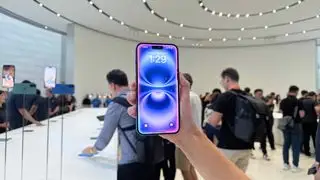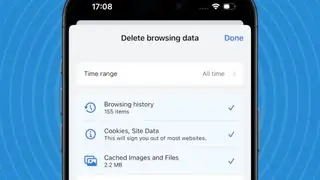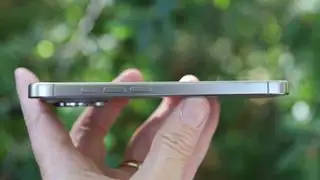Apple's Secret Trick to Revive Your Dead iPhone 16 Without a Mac!
If you've faced the misfortune of having a bricked or unresponsive iPhone, the traditional method to restore is to connect it to a Mac or PC and upload the recovery software to your device. This can be inconvenient if you don't have your computer nearby. Thankfully, Apple is addressing this situation with its new iPhone 16 series integrated with iOS 18.
According to a report by 9to5Mac, any device in the iPhone 16 lineup can now be restored wirelessly. By putting your iPhone into Recovery Mode and placing it close to a functional iPhone or iPad, that secondary device can download a fresh copy of iOS and transfer it wirelessly to the non-functional device. This development eliminates the necessity for USB cables or a computer for device restoration.
This new method simplifies the recovery process significantly. No longer do you need to fret over finding a cable or computer, allowing iPhone users to restore devices even while on the go and far from tech support centers. Additionally, this feature could reduce trips to an Apple Store or third-party service centers, potentially saving both time and money.
Currently Exclusive to iPhone 16

It's important to note that this wireless restoration feature doesn't apply to all Apple devices. As 9to5Mac highlights, although any device running iOS 18 can assist in restoring a device, the ones eligible for wireless restoration currently are limited to the iPhone 16 models.
This limitation is due to the iPhone 16 models featuring a dedicated recovery partition, capable of handling recovery even if the main iOS partition is unresponsive. This advanced feature isn't available in older models lacking such a partition.
While Apple hasn't confirmed if this functionality could be extended to older models through software alone, the current setup seems to demand specific hardware that only the iPhone 16 models possess. Interestingly, a similar concept has existed in other Apple products like the Apple Watch and Apple TV. This functionality was first observed in the iOS 13.4 beta back in 2020, but has only recently made its way to iPhones.
This breakthrough is a much-welcomed advancement for any iPhone user who finds themselves far from the nearest tech support when their device acts up, proving it's never too late for such innovations.

